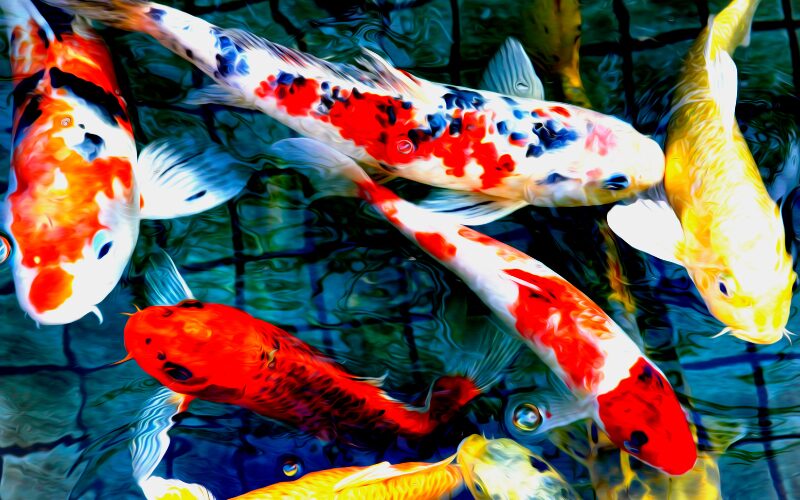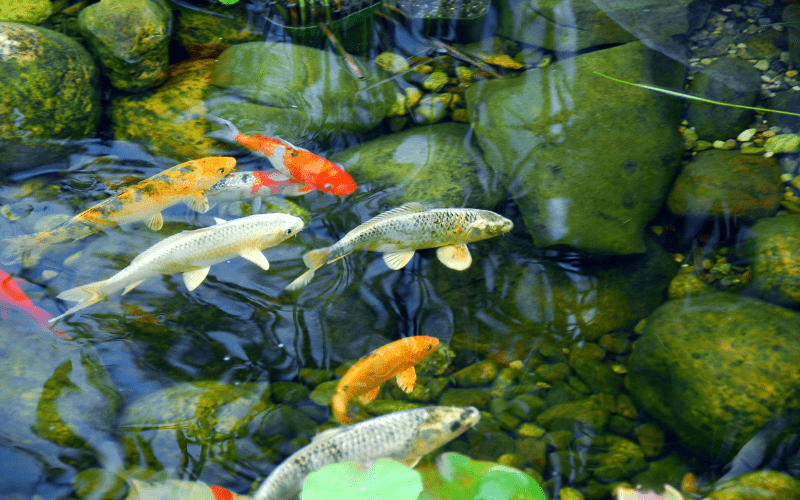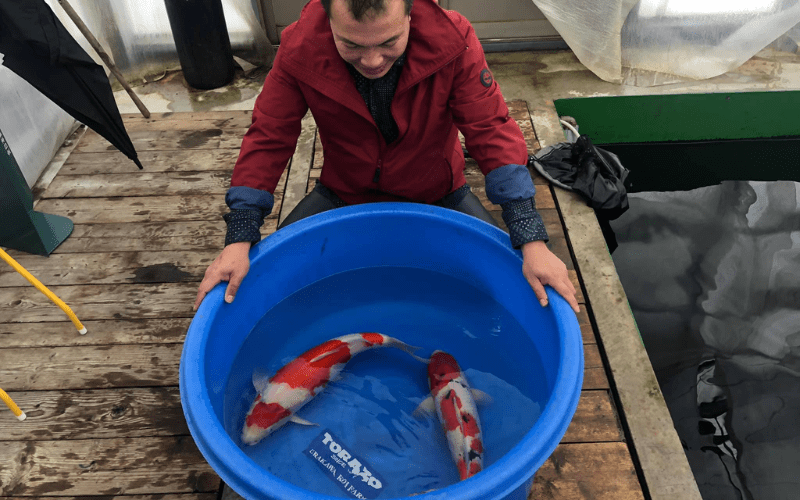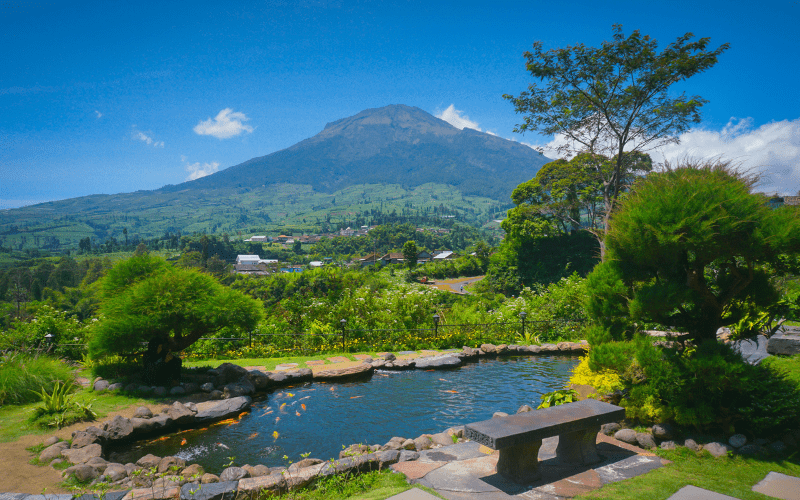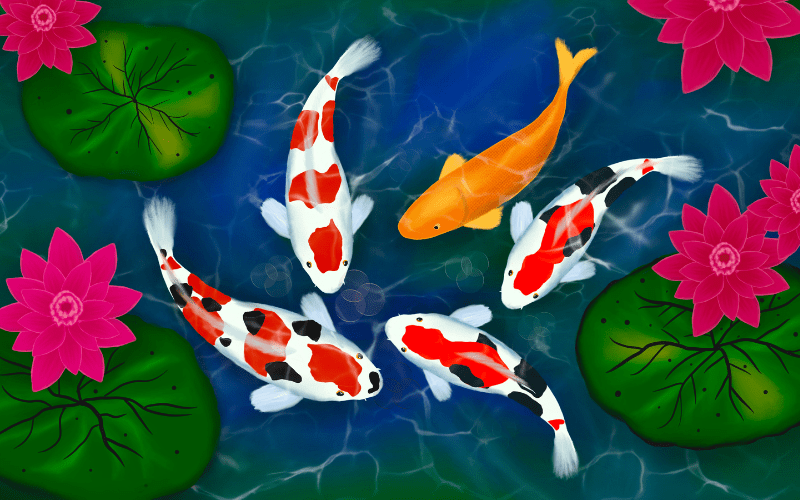Koi fish are beloved for their vibrant colors and graceful swimming, making them a popular choice for pond enthusiasts. However, maintaining a healthy environment for koi requires attention to various factors, with oxygen levels being one of the most crucial. In this blog post, we’ll explore how long koi fish can live without oxygen, the importance of oxygen in their survival, and practical steps to prevent oxygen deprivation in your koi pond.
Understanding Koi Fish Biology
Koi fish, a domesticated variety of the common carp (Cyprinus carpio), are known for their hardiness and ability to adapt to different environments. However, koi fish depend on oxygen like all aquatic creatures. Oxygen is essential for their metabolic processes, allowing them to convert food into energy, grow, and maintain their overall health.
In a well-maintained pond, koi fish typically thrive with adequate oxygen levels. These levels can be maintained through natural processes such as photosynthesis by aquatic plants and through artificial means such as aeration systems.
Oxygen Deprivation: Causes and Effects
Several factors can lead to oxygen deprivation in a koi pond:
- Overcrowding: Too many fish in a pond can deplete oxygen quickly, leading to competition and stress among the fish.
- Poor Water Circulation: Stagnant water can result in uneven oxygen distribution, with some areas becoming oxygen-poor.
- High Temperatures: Warm water holds less oxygen than cold water. During hot weather, ponds can become dangerously low in oxygen.
- Algae Blooms: While some algae are beneficial, excessive algae growth can consume large amounts of oxygen, especially at night when photosynthesis stops.
When oxygen levels drop, koi fish experience immediate and long-term effects. Initially, they may show signs of stress, such as gasping at the surface of the water, lethargy, and reduced appetite. Prolonged oxygen deprivation can weaken their immune systems, making them more susceptible to diseases and infections.
Survival Without Oxygen
The survival time of koi fish without oxygen varies based on several factors, including water temperature, fish size, and overall water quality. Generally, koi fish can survive for a few hours without oxygen, but this is not ideal and can cause significant stress and damage.
Factors Affecting Koi Fish Survival Without Oxygen
| Factor | Impact on Survival |
|---|---|
| Water Temperature | Higher temperatures reduce oxygen levels |
| Fish Size | Larger fish require more oxygen |
| Water Quality | Polluted water can exacerbate oxygen deprivation |
| Pond Depth | Shallow ponds may have less oxygen than deeper ponds |
| Time of Day | Oxygen levels may drop at night due to reduced photosynthesis |
Understanding these factors can help pond owners proactively ensure their koi fish remain healthy and stress-free.
Preventing Oxygen Deprivation
Preventing oxygen deprivation is key to maintaining a healthy koi pond. Here are some practical steps to ensure your pond is well-oxygenated:
- Proper Pond Maintenance: Regular cleaning and debris removal prevent the buildup of organic matter that can consume oxygen.
- Adequate Filtration and Water Circulation: Investing in a good filtration system helps keep the water clean and well-oxygenated. Ensure water is circulated evenly throughout the pond.
- Aeration Techniques: Use air pumps and aerators to introduce oxygen into the water. Installing fountains and waterfalls can also enhance aeration by increasing water movement and surface area.
- Water Quality Monitoring: Regularly test the water for oxygen levels and other parameters such as ammonia, nitrite, and pH. Maintain a balance between plants and fish to ensure a stable environment.
Emergency Measures
In cases where oxygen levels drop suddenly, swift action is necessary to save your koi fish. Here are some emergency measures to consider:
- Immediate Aeration: Use air pumps or portable aerators to quickly increase oxygen levels.
- Water Changes: Partial water changes can help introduce fresh, oxygen-rich water into the pond.
- Reducing Fish Load: Temporarily moving some fish to another pond or tank can reduce the oxygen demand in the main pond.
- Surface Agitation: Manually agitate the water surface to promote gas exchange.
FAQs
How can I tell if my koi fish are lacking oxygen?
Signs of oxygen deprivation include gasping at the surface, lethargy, reduced appetite, and clustering around water inlets or fountains where oxygen levels are higher.
Can koi fish recover from oxygen deprivation?
Yes, if the oxygen levels are quickly restored and the fish haven’t suffered severe damage, they can recover. However, prolonged deprivation can lead to lasting health issues.
What are the best aeration methods for koi ponds?
Air pumps, aerators, fountains, and waterfalls are effective methods for aerating koi ponds. Each method increases water movement and surface area, promoting oxygen exchange.
How often should I check the oxygen levels in my pond?
Regular testing, at least once a week, is recommended, especially during hot weather or if you notice signs of oxygen deprivation.
Can plants help increase oxygen levels in the pond?
Yes, aquatic plants contribute to oxygen levels through photosynthesis. However, be mindful of the balance, as too many plants can also deplete oxygen levels at night.
By following these guidelines and staying informed, you’ll be well-equipped to provide a safe and healthy home for your koi fish.
Key Points
- Koi fish require oxygen to survive and thrive.
- Oxygen deprivation can be caused by overcrowding, poor water circulation, high temperatures, and algae blooms.
- Koi fish can survive a few hours without oxygen, but this can cause significant stress and damage.
- Regular pond maintenance, adequate filtration, and aeration are crucial to preventing oxygen deprivation.
- In emergencies, immediate aeration and water changes can help restore oxygen levels.
- Regular monitoring and balanced pond ecosystems contribute to a healthy environment for koi fish.
Conclusion
Maintaining proper oxygen levels in your koi pond is essential for the health and well-being of your fish. By understanding the factors that affect oxygen levels and taking proactive measures to prevent oxygen deprivation, you can create a thriving environment for your koi. Regular monitoring, proper maintenance, and the use of aeration techniques will ensure your koi fish remain healthy and vibrant.
By understanding these key points and implementing the suggested measures, you can ensure your koi fish live in a well-oxygenated and healthy pond environment. Want to learn more about maintaining a healthy koi pond? We’re here to help! Contact us at 516-641-0184.

